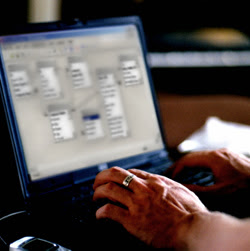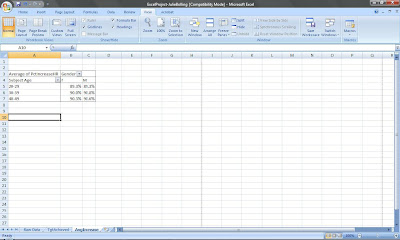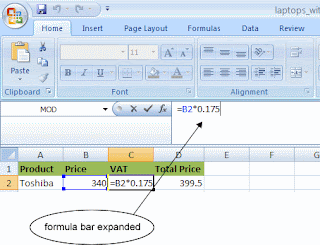 Memory
Memory is essential for a computer to work efficiently and effectively. As defined in the lecture segment "6e-Memory,"
memory is electronic components that store instructions to be executed and data. A computer without memory is-in a roundabout and odd way-comparable to an individual who has Alzheimer's disease. If you are unaware of what is Alzheimer's, it is a brain disorder that destroys brain cells causing memory loss. So let's say we have someone who is suffering severely from Alzheimer's, they have absolutely no short-term or long-term memory...we have to
repetitively teach them the same thing every day in order for them to do something so simple as: eating, brushing their teeth, opening up a drawer to get paper, etc. Just as if a computer had zero memory, we would have to "teach" it how to perform functions every time we used the computer. Sounds tiring.
There are two types of memory:
- Volatile memory
- Non-volatile memory
Volatile memory is memory that
loses contents when the power is turned off.
RAM (random access memory) is a type of
volatile memory. It provides space for your computer to read and write data, but the data stored in
RAM only stays there only as long as your computer is running.
In terms of someone who has Alzheimer's disease,
volatile memory is comparable to someone who is suffering from short-term memory loss. You teach that individual to tie their shoes, but once that person is "turned off" (or perhaps goes to sleep) they will not remember how to tie their shoes once they are turned back "on" (wakes up).
Non-volatile memory is memory that
keeps its contents even if the power is lost, it does not lose information when your computer is not running.
ROM (read only memory) is
non-volatile memory that is unchangeable.
EEPROM (electrically erasable programmable read-only memory) is a type of read-only (
ROM)
non-volatile memory. With
EEPROM, you are able to erase and rewrite data, but you don't have to erase the entire memory chip...you are able to select certain data on the chip that you want to erase/rewrite.
Flash memory is another type of
non-volatile memory that you are able to write and erase. A perfect example of a device that uses
flash software is a digital camera. You are able to store a bunch of data (pictures) and you can delete a specific picture without deleting all of them.
Again for someone who has Alzheimer's disease,
non-volatile memory is comparable to someone suffering from long-term memory loss. The individual remembers what they did or were told an hour ago, day before or even the week prior...but they forgot where they were born or forgot they went to high school, regardless of being "turned off" (going to bed) and turning back "on" (waking up). It is as if someone went into their brain (memory chip) and selected specific data (where they were born/attended high school) and erased those memories (data.)
Some Web sites that I found helpful are:
http://kb.iu.edu/data/ahty.htmlhttp://www.computerhope.com/jargon/m/memory.htmNon-volatile memory is demonstrated in a video from
YouTube showing data that is able to pick up where it left off after turning the power off and back on.
















